« Medicine is the art of imitating the
curative processes of nature » - Hippocrate
Enjoying flowers and their medicine
June 20th, 2022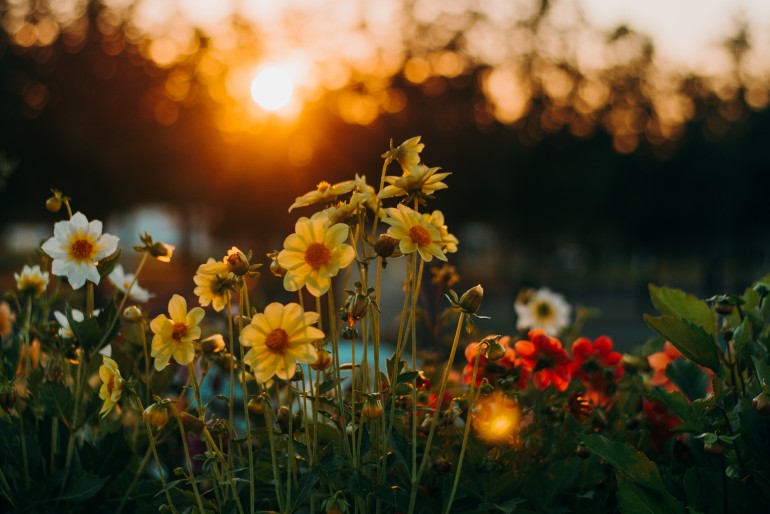
Flowers inspire by their beauty, their fragrance and their uniqueness. It is difficult not to fall under their spell. In Quebec, as soon as spring arrives, they abound in fields, forests, marshes and even roadsides!
Knowing that many of them grow wild and generously, we can afford to harvest a few for our own use. However, before going to meet them, it is important to harvest consciously. Is it a rare species? A plant that took 20 years to create flowers? Is it a plant that is new to this area? Does it appear to be in poor health? These are all important questions to ask before lining our wicker basket with these floral beauties. We also need to make sure we remember to take only what we need and not forget to leave a good portion for our friends the pollinators. To help you identify the species you are dealing with, it is highly recommended to get an identification guide containing an identification key. Here are some flowers to use for food or medicine this summer:
Medicinal and edible flowers
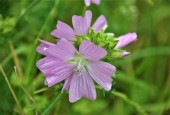
Musk mallow (Malva moschata)
The mallow is a perennial and wild plant of the family Malvaceae. It blooms from June to September. It is interesting in particular for digestive and respiratory disorders. It is also rich in vitamin C and vitamin E.
In food: It is edible and its taste is rather subtle. It is especially appreciated for its softening properties thanks to the presence of mucilage. It can be added to salads for example. Even the leaves of mallow are edible and can be prepared a bit like spinach.
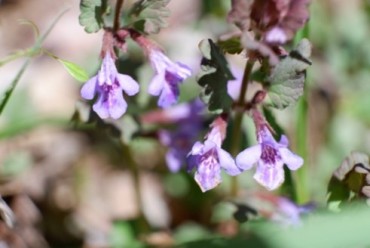
Ground ivy (Glechoma hederacea)
Ground ivy is a small plant of the Lamiaceae family that produces very small purple flowers in the spring. It grows in undergrowth and inhabited areas such as lawns. It is often used for its properties against viral infections of the lungs. It is an expectorant, anti-inflammatory plant and it helps to reduce the excess of mucus.
In food: It is bitter, aromatic and sweet at the same time. Its taste is quite pronounced and minty. The flowers are edible, as well as the leaves. The flowers can be used to decorate dishes and the chopped young leaves can be added to salads or cooked in a soup.
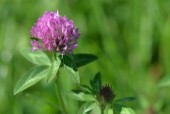
Red clover (Trifolium pratense)
Red clover is a member of the fabaceae (legume) family. It blooms in the summer and can be seen especially on the edge of fields or along roadsides. It is a very interesting plant for its richness in nutrients, especially calcium. The red clover is also an outstanding ally of the hormonal health of the woman with a particular affinity for the women in period of perimenopause.
In food: The flowers are rich in nutrients and have a good sweet taste. They can be eaten raw in salads or made into jam or delicious clover honey or vinegar. You can also take the flowers cooked for a few minutes, for example in rice.
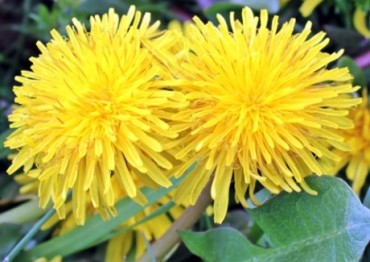
Dandelion (Taraxacum officinalis)
Dandelion needs no introduction as it is abundant on our lawns. It is a member of the Asteraceae family. It is an excellent plant for its nutritive side, notably the presence of vitamin A, vitamin C, potassium and many trace elements. We also find inulin in the root, a water-soluble fiber belonging to the prebiotics and which is excellent for intestinal health.
Food: Dandelion flower buds can be eaten as is or put in vinegar or lacto-fermented to make dandelion "capers". In salads, they add color and texture to the plate and its taste is quite sweet. The leaves are also eaten in the spring before they bloom. They are particularly bitter and excellent chopped as an appetizer in a salad to aid digestion.
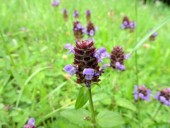
Common Brunella (Prunella vulgaris)
Brunella (or sloe) is a small plant of the Lamiaceae family that grows everywhere, in abandoned fields and on our lawns. It blooms in summer. It is used in herbal medicine for several viruses and the immune system in general and lymphatic congestions that affect the ENT. It also has interesting properties for the liver and digestion.
In food: The flowers of brunelle can decorate salads. Its leaves are also edible, but very bitter.
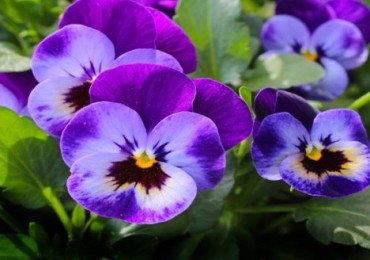
Violets (several varieties)
There are more than 26 varieties of violets in Quebec. They are part of the violaceae family and their flowers come out in May. They are very common and beautify lawns, undergrowth and wetlands, depending on the variety. The violet is rich in mucilage, which can relieve a cough or constipation.
In food: Its young leaves can be mixed with your salads and the flowers can of course decorate your desserts or your favorite dishes. You can also make syrups and jellies.
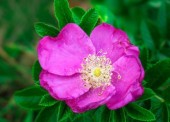
Wild rose (or dog rose)
Wild roses grow in Quebec, especially along the roadsides, on the banks of the river. They can be harvested as soon as they bloom, usually in June or July. The rose is a medicine for the heart, it helps it to open, it soothes, it calms. Its petals are soft and bring freshness and appeasement to the digestive and nervous system.
In food: The rose can be used to perfume any food. You can add the petals to a compote, make a rose-infused water or make rose syrup for example.
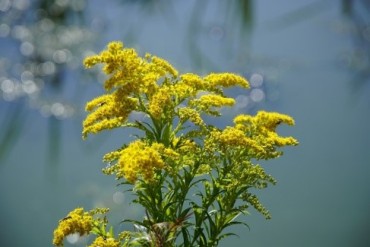
Goldenrod (Solidago canadensis)
Goldenrod grows from late summer to fall and is abundant in the fields and countryside. It is a plant that helps with kidney problems of all kinds and problems affecting the upper respiratory system. It is also used for seasonal allergies.
In food: The crushed flowers can be added to cakes, muffins, soups and fish dishes. Its taste is astringent, pungent and quite particular.
